Herbicide options in dry beans are limited compared to other common row crops in Nebraska (NE), such as corn or soybean. With the increasing prevalence of Acetolactate synthase (ALS)-inhibitor- and Glyphosate-resistant Palmer amaranth and kochia in NE dry bean acres, dry bean growers have few herbicide options for controlling weeds within dry bean crops. Consequently, corn and other rotational crops, with more diverse herbicide options available, are key tools for controlling difficult weeds prior to rotating to dry bean.
Corn is the most common rotational crop planted the year before dry bean in western NE. However, herbicide programs must be chosen with foresight as many corn herbicides can injure dry beans the next season due to crop rotation restrictions. Table 1 lists labeled corn herbicides for use the year before planting dry beans. Due to the increase of herbicide-resistant weeds in western NE, Glyphosate and ALS-inhibiting herbicides should always be applied along with another effective mode of action (MOA). Using multiple modes of action at each application, using PRE followed by POST herbicide programs, and using residual herbicides at each application can help manage and reduce the probability of future herbicide-resistant weeds.
Table 1| Mode of Action | Herbicide | Kochia (ALS-Glyphosate-Resistant) Control (%) | Palmer Amaranth (ALS-Glyphosate-Resistant) Control (%) | Rate per Acre | Cost per Acre (US$) |
|---|---|---|---|---|---|
| PRE Activity Only | |||||
| 14 | Sharpen® | 80-84 | 80-84 | 2.0 fl oz | 12.25 |
| 14+15 | Verdict® | 80-84 | 85-90 | 10.0-12.0 fl oz | 18.00-21.60 |
| Residual Activity Only | |||||
| 15 | Zidua® | 80-84 | 80-84 | 1.5-2.75 oz or 2.5-4.5 fl oz | 12.75-23.25 |
| Dual II Magnum® | 85-90 | 1.0 pt | 18 | ||
| Outlook® | 85-90 | 10.0-13.0 fl oz | 11.00-14.30 | ||
| Warrant® | 85-90 | 90-95 | 1.25-2.25 qt | 12.80-23.00 | |
| POST Activity Only | |||||
| 4 | 2,4-D | 60-69 | 80-84 | 8.0-16.0 fl oz | 1.50-2.75 |
| Dicamba | 85-90 | 85-90 | 9.0-16.0 fl oz | 3.50-8.50 | |
| Starane Ultra® | 90-95 | 0.4 pt | 15 | ||
| 4+19 | Status® | 85-90 | 85-90 | 5.0 fl oz | 18 |
| 10 | Liberty/Scout® 1 | 80-84 | 80-84 | 32.0-36.0 fl oz | 15.75-20.75 |
| POST and Residual Activity | |||||
| 4+27 | Diflexx Duo® 2 | 85-90 | 90-95 | 24.0-40.0 fl oz | 4.50-8.25 |
| 14+15 | Anthem Maxx® 3 | 70-79 | 85-90 | 2.5-3.0 fl oz | 12.50-15.00 |
| 15+5+27 | Acuron® 4 | 96-100 | 90-95 | 2.0 qt | 40 |
| 15+27 | Acuron Flexxi® 4 | 96-100 | 90-95 | 2.0 qt | 40 |
| 27 | Armezon® * | 70-79 | 80-84 | 9 | |
| Impact® * | 70-79 | 80-84 | 13.5 | ||
*Do not exceed rates described
1 LibertyLink® Hybrid required
2 Wait 18 months after its application to plant red kidney beans.
3 Anthem Maxx®: do not use flood irrigation to activate or incorporate it.
4 Can only be rotated to dry bean the next year if corn and dry beans are grown under center pivot irrigation.
Source: 2020 Guide for Weed, Disease, and Insect Management in Nebraska (EC130)
Diverse Herbicide Programs
A common and effective herbicide program in the Panhandle of NE in corn is glyphosate tank mixed with dicamba. However, such a program may not be a sustainable solution to the problem of herbicide-resistance as dicamba-resistant kochia exists in southwestern NE, and dicamba-resistant Palmer amaranth has been confirmed outside of NE. Palmer amaranth is also resistant to both group 27 and group 14 herbicides outside of the Panhandle of NE. The arrival of new resistant biotypes of kochia or Palmer amaranth into the Panhandle of NE is a question of when it arrives, not if it arrives.
To adequately manage both current and future resistant biotypes, at least two modes of action should be used that are both effective for controlling a target weed species, so that the possibility of a resistant weed surviving future herbicide application can be reduced. We recommend using the Herbicide Resistance Risk Calculator (HRRC) as a tool to select your herbicide program. Instructions on how to use the HRRC can be found in this article. Once herbicides and a weed species with or without resistant biotypes are selected, the model will calculate an herbicide resistance risk score for each herbicide selected. Risk scores are values from 0 to 4, and the goal when selecting herbicides is to keep the risk score below 1.0. Some herbicide programs are described below to provide examples of diverse herbicide programs that are compatible with crop rotations including dry bean in Western NE.
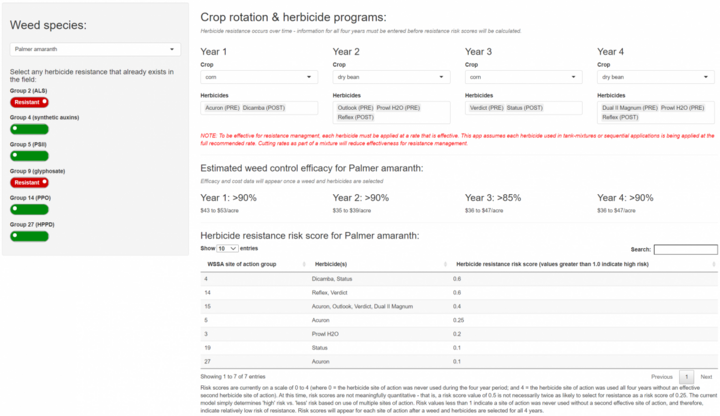
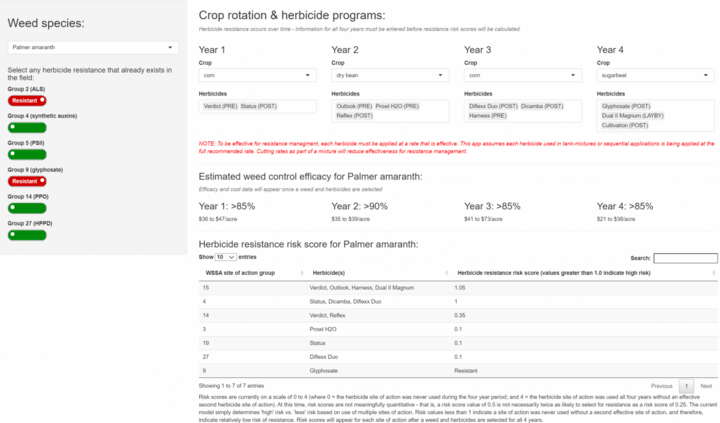
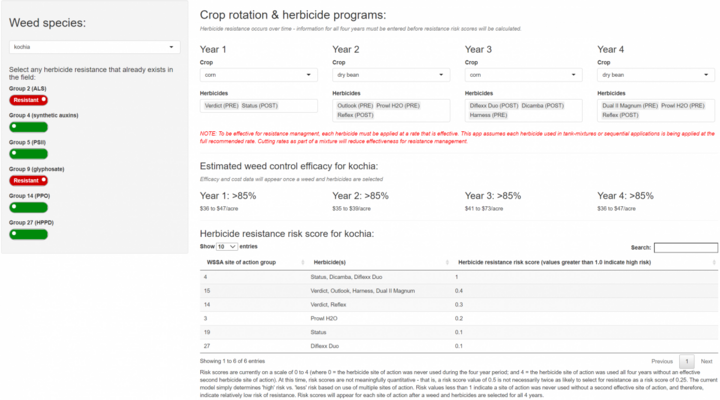
Take-home Message
- Managing herbicide-resistant weeds in corn prior to rotating to dry bean is one of the most important tools to manage weeds in western Nebraska. Many effective herbicide options exist for corn, while dry beans and specialty crops in the region lack diverse herbicide options.
- Many corn herbicides cannot be used the year before dry bean is planted due to the risk of injury from herbicide carryover. Be sure to consult herbicide labels prior to applying any herbicide.
- Use a two-pass PRE/POST weed control program when possible, and include residual herbicides and multiple modes of action for both PRE and POST applications. Two-pass systems increase the likelihood of season-long weed control and reduce the risks of new herbicide-resistant biotypes.
- Consider using the Herbicide Resistance Risk Calculator to aid in planning your weed management program.
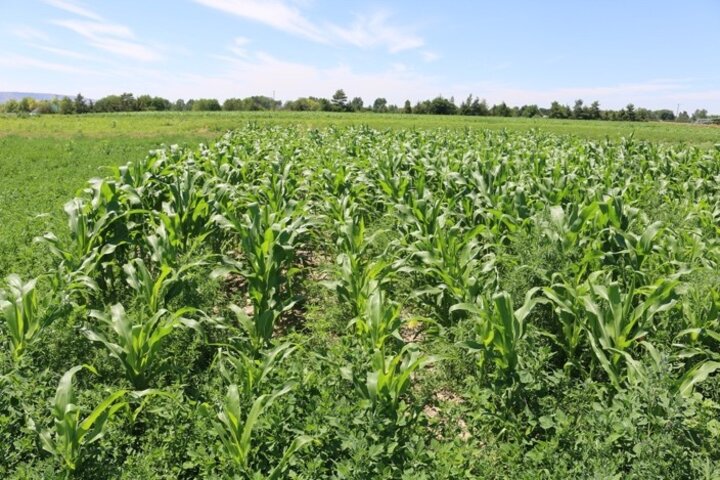
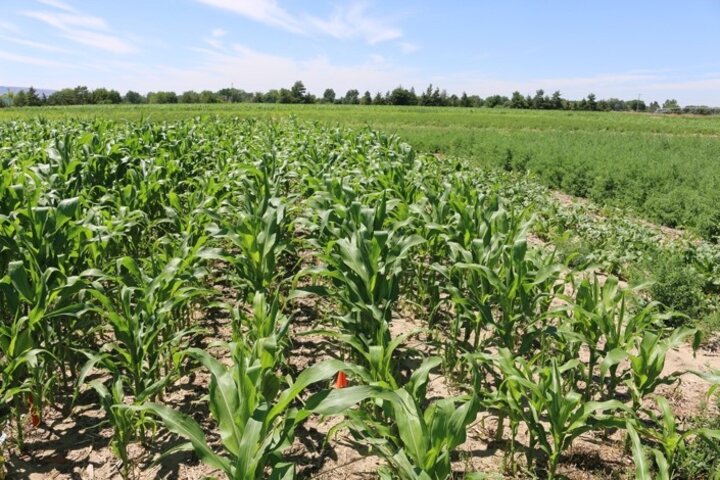
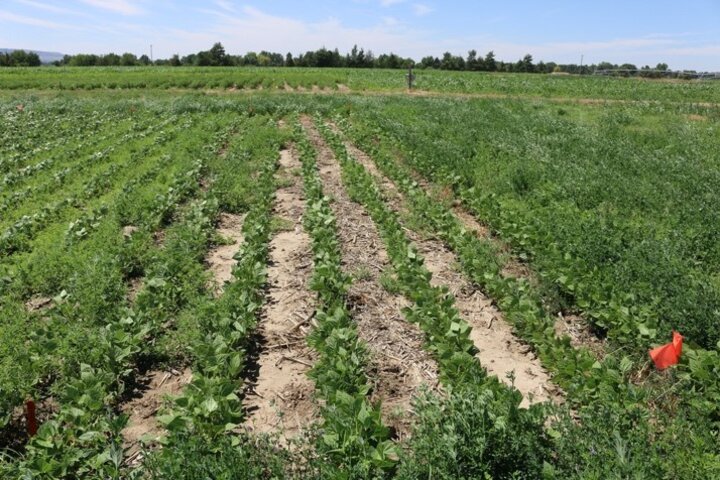
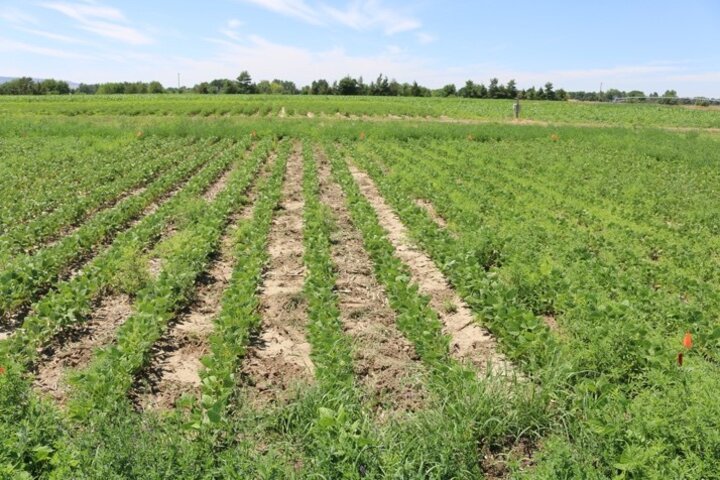
Literature Cited
Knezevic SZ, Klein R, Ogg C, Creech C, Kruger GR, Lawrence N, Jhala AJ, Proctor C, Jackson-Ziems T, Harveson R, Wegulo S, Bartles M, Timmerman A, Sivits S, Broderick K, Wright R, Ohnesorg W, McMechan J (2020) 2020 Guide For Weed, Disease, and Insect Management in Nebraska (EC130). University of Nebraska-Lincoln. 356 p.
